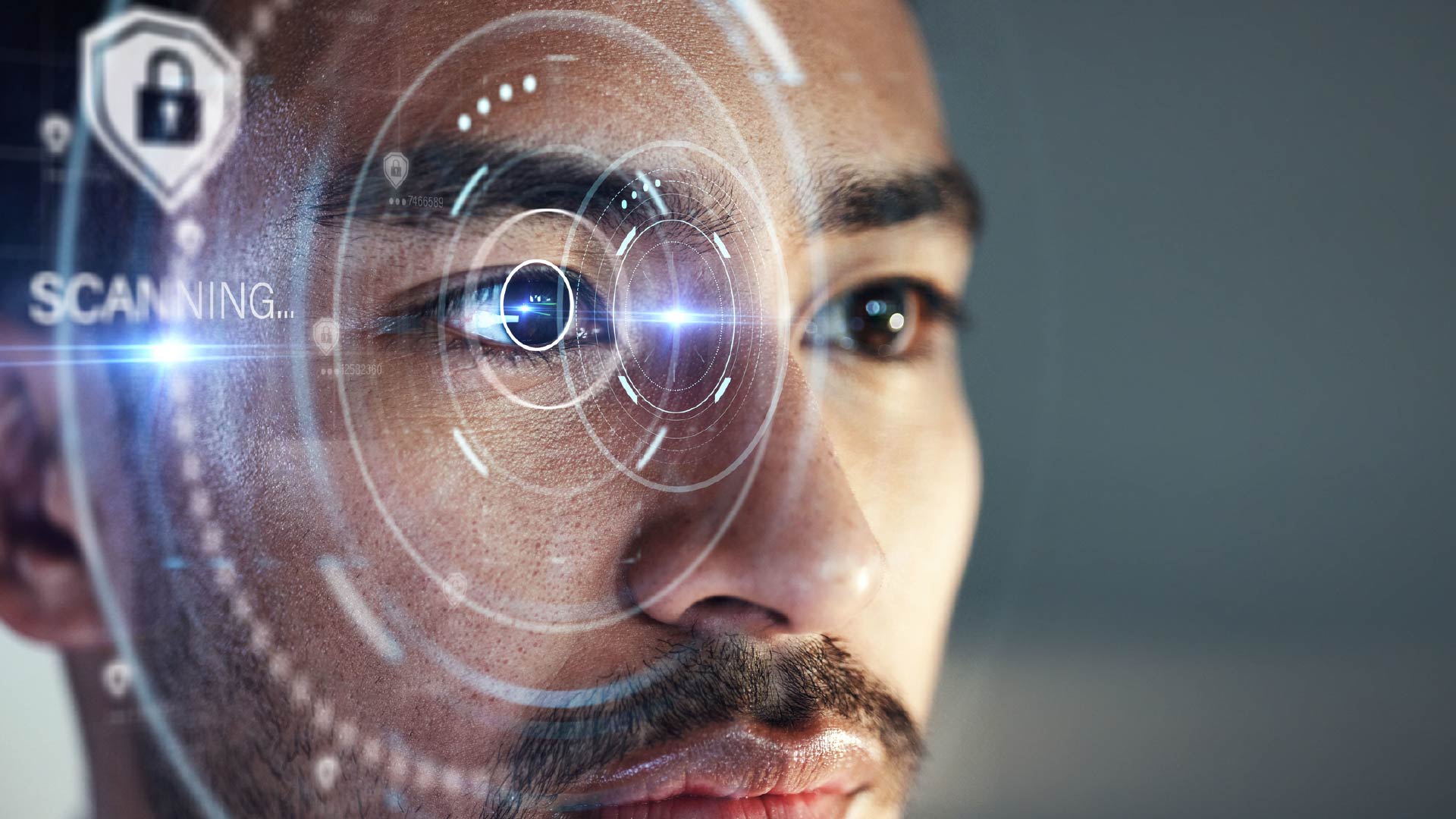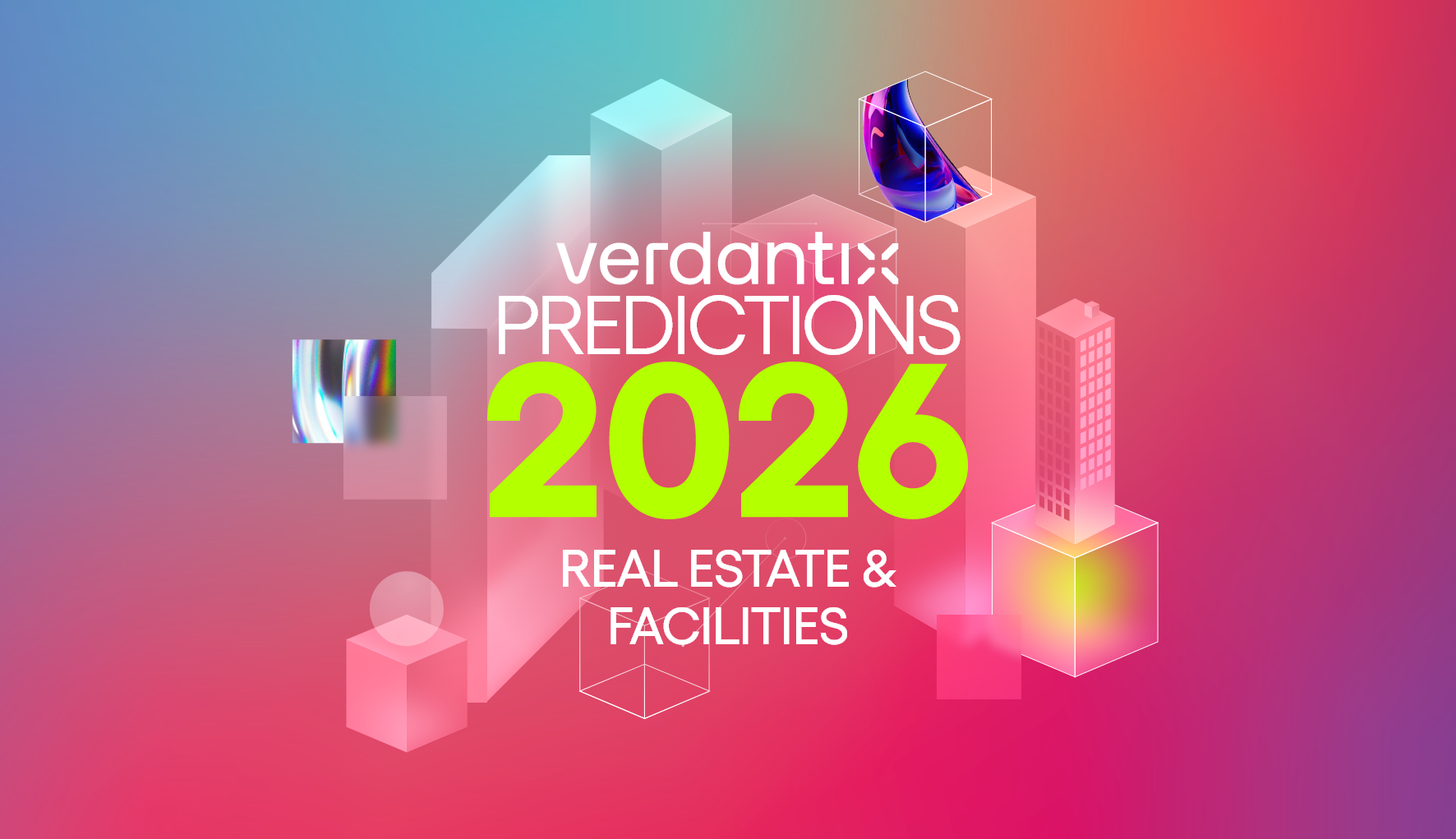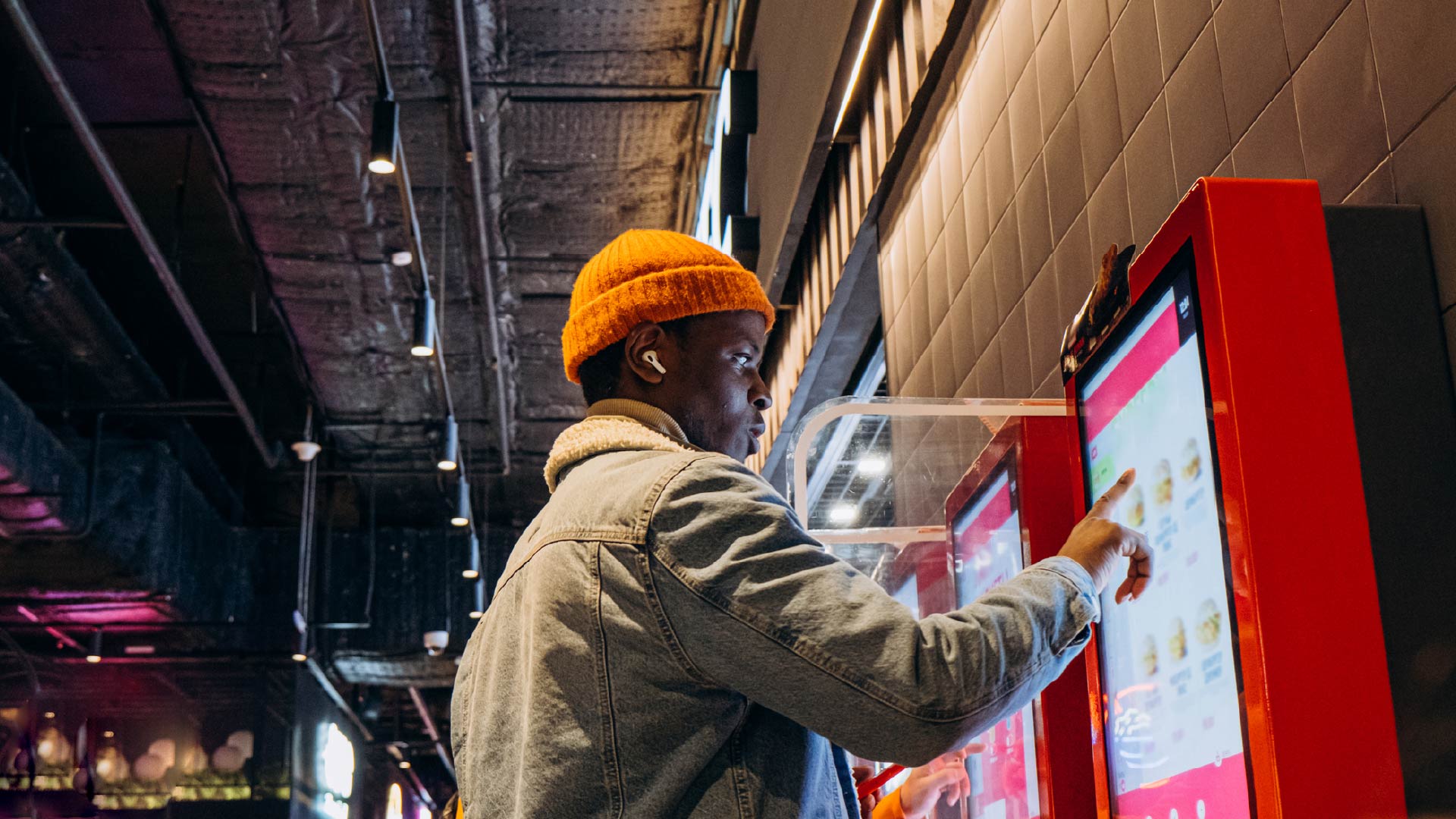Smart Spaces, Smarter Experiences: Tenant Apps Are Redefining Offices, Campuses And Retail Spaces
Imagine entering a building where your smartphone acts as your keycard, concierge, community hub and sustainability guide, all in one seamless app. Smart tenant apps, originally designed for simple tasks – reserving a meeting room or logging a maintenance request – have evolved into essential infrastructure reshaping the real estate experience. Today, they serve as the digital backbone of forward-thinking buildings, transforming offices, campuses and retail spaces into vibrant, connected ecosystems. For property owners, these platforms offer more than convenience; they are a strategic differentiator in a competitive market.
By embracing tenant-centric technology, landlords are turning physical spaces into high-tech experiences that resonate with modern expectations: mobile-first access, real-time communication and seamless digital services. The result? Happier tenants, stronger loyalty and renewed leases.
Property managers are increasingly viewing tenant experience apps not just as operational tools, but as brand amplifiers. Many are now investing in fully branded digital platforms that both streamline communication and services and reinforce the unique character of their spaces. For example, retail property manager Wereldhave partnered with Chainels to launch a branded platform that enhances tenant engagement by streamlining operations and strengthening connections between landlords and retailers. Similarly, Great Portland Estates (GPE) integrated Apple Wallet access at its Woolyard office in Bermondsey, aligning smart access technology with its broader vision of tenant-first, tech-enabled spaces. At the forefront of digital access innovation, Smart Spaces delivered the UK’s first combined deployment of Wavelynx, STid and Apple Wallet at The JJ Mack Building, showcasing frictionless access as a branded, premium experience.
What’s behind this shift from utility to necessity?
A wave of innovation that puts people first:
- Mobile-first design: User-friendly, intuitive smartphone interactions with personalized AI-driven features.
- Community & hospitality: Engaging social features and community-driven events boost tenant belonging and loyalty.
- Data-driven insights: Real-time analytics for personalized experiences that feed back into property management systems.
- Smart building integration: Connection to core building systems for predictive maintenance, energy optimization and scalability to support emerging technologies and evolving tenant needs.
- Alignment with ESG: Sustainability dashboards, transparent environmental initiatives and wellness-focused features.
- Flexible Space-as-a-Service: Supports flexible space usage, digital wallet payments and branded tenant experiences.
These innovations aren’t limited to one sector – smart tenant apps are reshaping the entire real estate landscape:
🏢 The digital core of the hybrid office.
Tenant apps have become the digital backbone of modern workplaces, supporting hybrid workforces with tasks from desk booking to visitor management. Major landlords deploy unified apps across their entire portfolios, enabling seamless workspace-as-a-service experiences. Real estate leaders like CBRE integrate tenant engagement and building controls in cohesive platforms. Occupants benefit from unified interactions – adjusting comfort settings, accessing news, locating colleagues or amenities, and unlocking doors – from a single app, increasing satisfaction and facility usage.
🎓 The smart, sustainable campus of the future.
Siemens, for example, is pioneering the Autonomous Eco-Campus with its Building X platform, integrating digital technologies and sustainability practices. The University of East London's Connected Campus initiative, which leverages Building X, has seen students benefit from improved campus accessibility, upgraded study spaces, digital navigation tools and streamlined administrative processes. Additionally, the initiative supports sustainability through features like solar panel installations and energy-efficient building management systems, creating a comfortable, environmentally responsible learning environment. Siemens's smart campus approach emphasizes real-time data integration and automation, setting new benchmarks in educational environments.
👜 The engagement engine of retail environments.
Tenant apps are redefining retail property management by enabling direct communication, sharing foot traffic data, coordinating promotions and automating daily operations. For example, The Rock retail complex in the UK adopted the Savills Insights app, achieving 99% tenant adoption and significantly streamlining tasks. J.P. Morgan deployed HqO’s workplace experience app across its Canary Wharf retail properties, using it to coordinate events, simplify processes and foster strong community bonds. The outcome speaks for itself: greater community engagement, tenant satisfaction and simplified processes – all demonstrating how tech-driven solutions are optimizing modern retail property management and tenant retention.
The value is clear, for tenants and landlords alike
Smart tenant apps can enrich daily interactions, creating convenience, comfort and community for occupants. Tenants benefit from simplified tasks, greater security and deeper social connections. For landlords, these technologies deliver measurable benefits: increased loyalty, reduced vacancies, greater operational efficiency, and data-driven management that reduces costs and improve experiences.
Ultimately, smart tenant apps don’t just digitize a building – they reimagine it. They transform static properties into dynamic, interactive environments where people thrive, and where brands stand out.
For a deeper dive into the smart tenant experience revolution, look out for the upcoming Verdantix report Smart Innovators: Tenant Engagement And User Experience Software.
About The Author

Sophia Shakur
Industry Analyst





